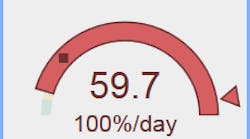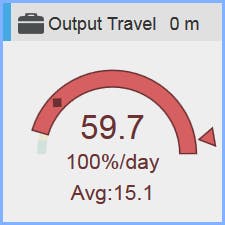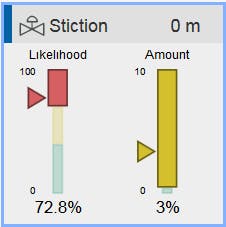My office is located just outside Hartford, CT. That puts me midway between Boston and New York City. As a result, Hartford has a pretty even mix of Red Sox and Yankees fans. With baseball season in full swing, it’s common to hear fans around town debating which team is better. In my opinion, it isn't one team or the other being better that matters – it’s the rivalry between these two powerhouses that makes them great.
In my role as an engineer, I’m on the road half of the time visiting customer sites or participating in industry conferences. Both activities routinely put me in direct contact with staff from both maintenance and operations. When the topic of key performance indices (KPIs) comes up, the two groups take sides without fail as though they’re battling in a big-leagues playoff. While maintenance staff members favor overall equipment effectiveness (OEE) as a key metric for measuring performance, people from operations routinely jump on the bandwagon for process-specific KPIs. In my opinion, they’re both winners – putting eyes on any metric usually helps improve a plant’s performance.
In the name of full disclosure, my background is squarely on the process side of things, and equally important, I’m not a huge baseball fan – I tend to follow college football more than the MLB. Even so, I see a clear relationship between OEE and key process KPIs – especially those metrics that focus on valve health. Consider the three elements of the OEE calculation:
Availability -Whether you’re in maintenance or operations, it’s essential to measure performance in some concrete, repeatable, and unbiased fashion. OEE is widely used by maintenance professionals as their benchmark of success, and without a doubt it’s a winner in performance and reliability circles. Process KPIs are similarly equipping Operations staff with essential performance measurements. They’re both winners – each is helping to improve plant performance and asset reliability which is the unifying goal. My only parting comment is this: Go Hokies!



